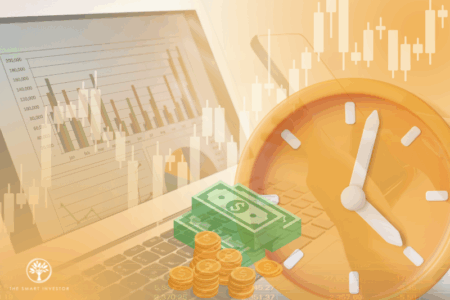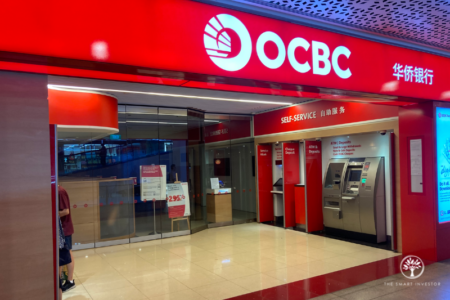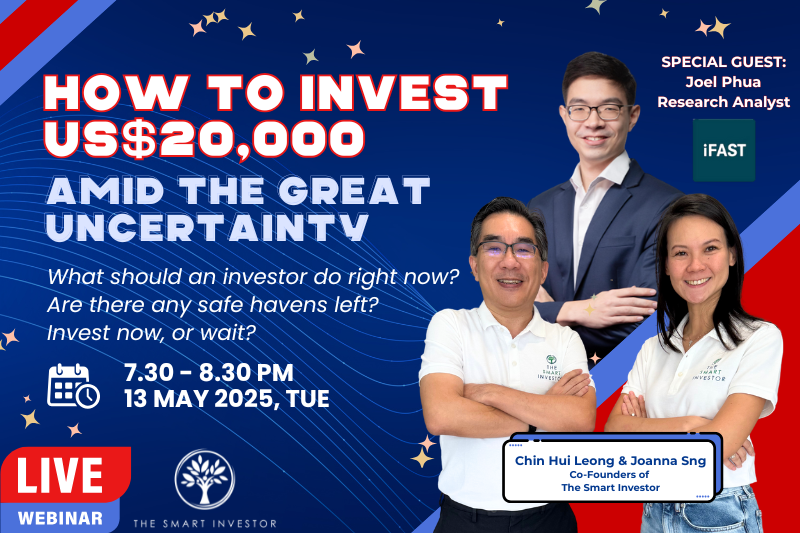Cast your mind back to September 2008 when Lehman Brothers collapsed. At the time, Lehman was the fourth-largest investment bank in America. The thought of Lehman being in trouble was beyond unthinkable.
But then the unthinkable happened – Lehman filed for bankruptcy after most of its clients defected. The impact on the market was both dramatic and shocking in equal portions. And what followed was as predictable as day following night. Stock markets around the world reacted in the only way they know how – they collapsed.
Admittedly, there were lots for investors to fret over. Corporate profits were falling, and banks refused to lend to one another. All the signs at the time were that credit had seized up completely. Everything pointed to the fact that we were heading for an inevitable economic downturn.
Self-fulfilling prophecy
The thing about the stock market collapse at that time was that everyone who wanted to sell shares as a result of the ensuing bear market had already done so. The fly-by-night, the fearful, the Johnny-come-lately and margin traders had all capitulated. A market collapse, therefore, became a self-fulfilling prophecy.
But here’s the really interesting part. Some investors had started to look beyond the bad news and noticed that some parts of the market were becoming ostensibly cheap.
They were the early instigators of the next bull market. Not everyone at the time was convinced. But as shares not only began to find a floor but also began to rise after the January 2009 debacle, many shareholders, who had been badly scarred by the market’s losses, continued to voice their scepticism.
Their message was loud and clear. Steer clear of shares. They warned that more bad news could be on the way.
Climbing the wall
But the gradual rise in shares began to reassure market sceptics that their fears were probably overdone. Slowly and increasingly, more doubters started to believe that the worst might actually be over, and the market began to scale the wall of worry.
So, what exactly is this wall of worry? Quite simply, it is an investment phrase to describe a period of improving stock market performance at a time when logic would suggest that it shouldn’t really be happening. In other words, markets will rise even if there are still people out there who remain unconvinced that the world can pull itself out of an economic slump.
Can you see some similarities with what is happening today? For Lehman Brothers, substitute Credit Suisse. For credit squeeze, read quantitative tightening. And change economic downturn to deglobalisation. For just those three reasons alone, global markets appear to be locked in panic mode with investors left wondering how they should act.
Their antics have seen them jump in and out of US Treasuries with each predication from so-called experts about the next set of inflation numbers. This has even resulted in US Treasuries behaving more like meme stocks than the risk-free instruments that they should be. But the question that remains unanswered is when will the market turmoil end.
Plenty to worry about
For that we need to go back to the wall of worry. What we need to remember is that there are still many sceptical bears around. Just flip through the financial press. Tune into any financial news channel. There is no shortage of naysayers warning of impending doom. But that merely indicates that there are still plenty of prospective converts out there that are capable of pushing the market to new highs.
Only when all the bears have been converted – when the wall of worry has finally been conquered – will the bull market end. That is the point when some market supporters could turn into market detractors.
But with plenty to continue to worry the market, it is unlikely that the wall of worry will be conquered for a long while. That is great news for long-term investors because it means the market still has a long way to go yet.
For us income investors, the constant siren call of impending stock market doom and gloom should be heard instead as a clarion call to invest while prices are affordable.
The time to buy is when counters such as banks, insurers and REITs (real estate investment trusts) are trading below book values. The time to reconsider is when bond yields are significantly higher than dividend yields. It is hard to see that happening any time soon.
Note: An earlier version of this article appeared in The Business Times.
Looking to start investing? Our beginner’s guide will show you how to make the best buying decision and make fewer mistakes. Click here to download for free now.
Follow us on Facebook and Telegram for the latest investing news and analyses!
Disclosure: David Kuo does not own shares in any of the companies mentioned.




